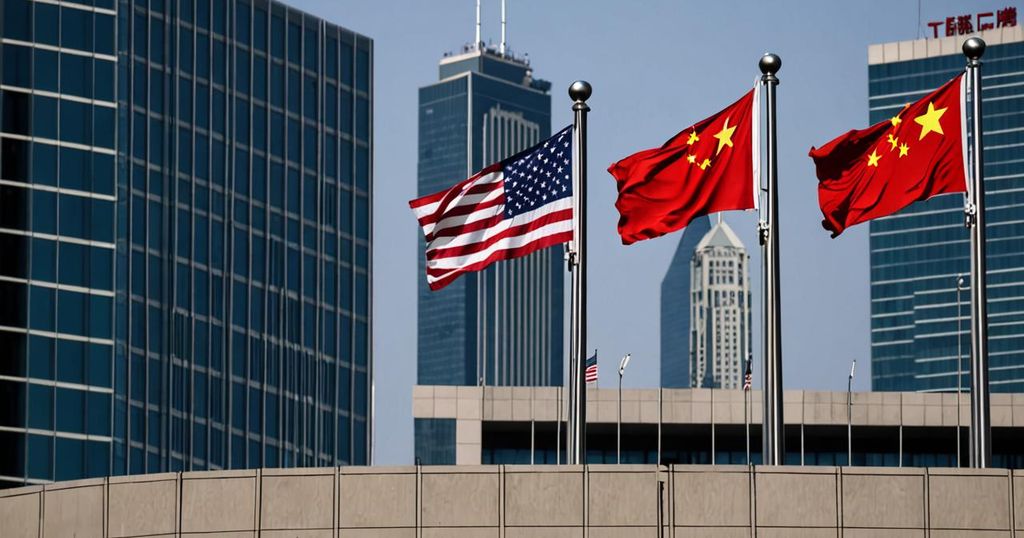The unauthorized acquisition of intellectual property in the field of technology, particularly by China, has raised significant alarm among leadership in worldwide intelligence agencies. The Five Eyes intelligence alliance, comprised of the United States, Canada, United Kingdom, Australia, and New Zealand, has reported that the extent of China’s theft of technology is unparalleled and presents a substantial risk to Western nations.
Christopher Wray, the Director of the Federal Bureau of Investigation (FBI), has labeled China as the “dominant threat of this era,” emphasizing the country’s comprehensive menace to innovation, economic stability, and national security. Intelligence leaders have expressed concerns over China’s espionage activities, which extend beyond technology theft to encompass interference in elections and the suppression of Chinese dissidents living in their respective countries.
The tangible impact of China’s theft of technology is exemplified by a wind turbine technology company’s loss of its competitive edge, resulting in plummeting sales and the dismissal of nearly 700 employees due to the theft of its technological secrets by a Chinese enterprise. This incident vividly illustrates the real-world repercussions of intellectual property theft on American employment, families, and the economy.
Furthermore, intelligence leaders have underscored the unparalleled magnitude of China’s theft, emphasizing that it extends far beyond traditional espionage. China’s espionage endeavors span across multiple sectors, including agriculture, biotechnology, healthcare, robotics, aviation, and academic research. The methods employed by China to pilfer information are diverse and encompass manipulation of company personnel, concealed approaches on professional networking platforms, and an extensive hacking initiative that has absconded with personal and corporate data on a worldwide scale.
In response to China’s global espionage activities, the intelligence leaders of the Five Eyes alliance have engaged in private discussions with prominent Silicon Valley executives and Stanford University to explore measures for safeguarding companies and their intellectual property. The collaboration between the Five Eyes member countries is imperative in addressing intelligence threats and formulating effective strategies to combat China’s espionage activities.
Despite the apprehensions voiced by global intelligence leaders, they have reasserted their willingness to engage with China in trade, tourism, and academic exchanges. Nonetheless, they have stressed the necessity for China to adhere to its commitments to prevent the theft of innovation, abstain from exporting repression to other nations, and collaborate with other countries in addressing common threats such as cybercrime, fentanyl trafficking, and money laundering.
In closing, the admonition from global intelligence leaders concerning China’s technology theft underscores the far-reaching effects of intellectual property theft on innovation, economic stability, and national security. Addressing this mounting threat demands cooperation, vigilance, and a dedication to upholding the rule of law to preserve the interests of nations and enterprises worldwide.








